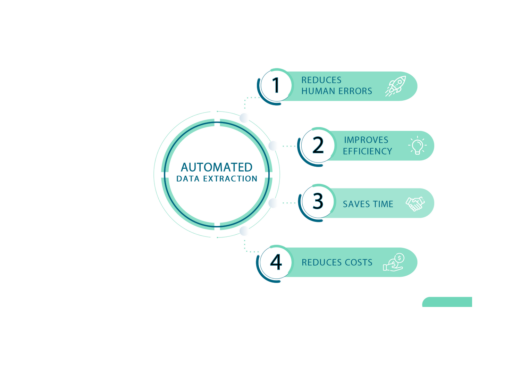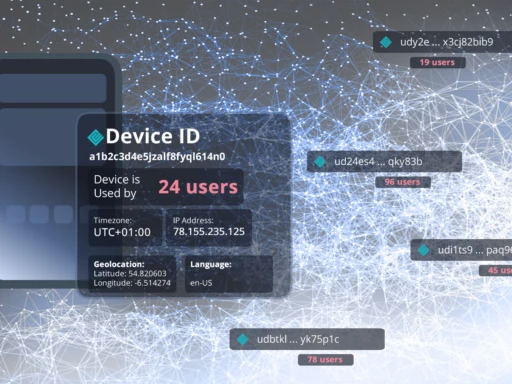Here is a heavyweight with a very good cost-efficiency ratio against middleweights, which often bring excessive fee requirements.

Document archives have been around for ages, at least by human standards. Sumerian merchants recorded their business transactions and archived them in cuneiform on clay tablets more than 5,000 years ago. In terms of durability and format unbeaten to this day. The cuneiform script was used for 2000 years. The producers of modern data media still have to work hard on the technology to catch up with this.
But today, everything can be saved, which greatly increases the complexity of the storage process, not to mention the amount of data. But the archiving alone is not enough. Also, the pure knowledge that all processes can be called up as needed, is no longer sufficient. Nowadays, recognizing and using the contexts is the capital of archiving, of information management.
Document management is simply not enough
The difference between information management and document management can already be explained using the words “information” and “document”. A document has a formal, standardized frame. This was an important factor in maintaining order in the pre-digital era of records management. Information is everything. A really good archive contains everything, because only in this way can certain processes be understood, and the information that comes along with the quasi-official documentation often hold more important content than the folders with the formal processes.
When Daniel Schönland developed his first PaperOffice in 2002, it was a decent document management software, a DMS. Within the next 17 years to this day many more features have been added. Therefore, the question may be asked whether PaperOffice can be classified as a document management tool or rather as an Enterprise Content Management (ECM) tool. Given what document management software should and what PaperOffice can do, the software must undoubtedly be classified in the higher-rated ECM.
ECM – Part of Information Management
While a DMS concentrates on the bundling and classification of documents, also their archiving as a dynamic filing system, as well as the task of converting and also archiving scanned documents; the scope of ECM is much wider.
First, the main components of ECM include:
Recording
Administration
Storage
Preservation
Output
As far as the DMS are in agreement, the differences become clear in the subcomponents of the ECM:
– Document management
– Cooperation with supporting systems
– Intranet and Internet management
– Records Management
– Workflow or transaction processing
Just a quick glance at the possibilities that PaperOffice offers to its users shows that this is not a simple software, but a mature ECM. No wonder PaperOffice is regularly the price-performance winner in the journals within the DMS category. Here is a heavyweight with a very good cost-efficiency ratio against middleweights, which often bring excessive fee requirements.
Information management as needed
PaperOffice is convincing in every aspect; in the acquisition of analogue or electrical information; in machine-generated information, such as the capture of EDI or XML documents; as well as in the storage of virtually every digital format, including image, video, and sound.
The recognition of bar or QR codes, the processing of forms and preprinted printing as well as the processing of E-forms are performed by PaperOffice via PIA; an AI that arranges the correct assignment of incoming documents by comparison with already stored information, and from these, as desired, create new content. The possibilities of PaperOffice are far from exhausted.
Conclusion: PaperOffice is pure Enterprise Content Management.
Visit us at www.paperoffice.com and download a free trial license.




